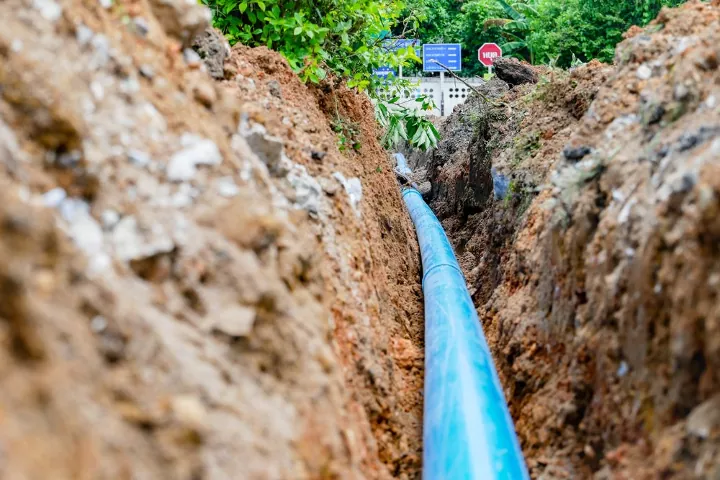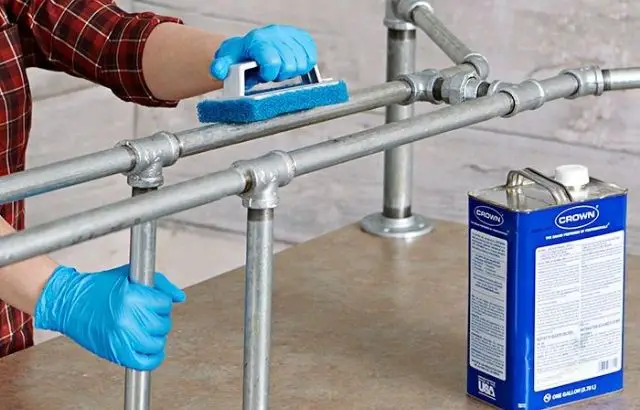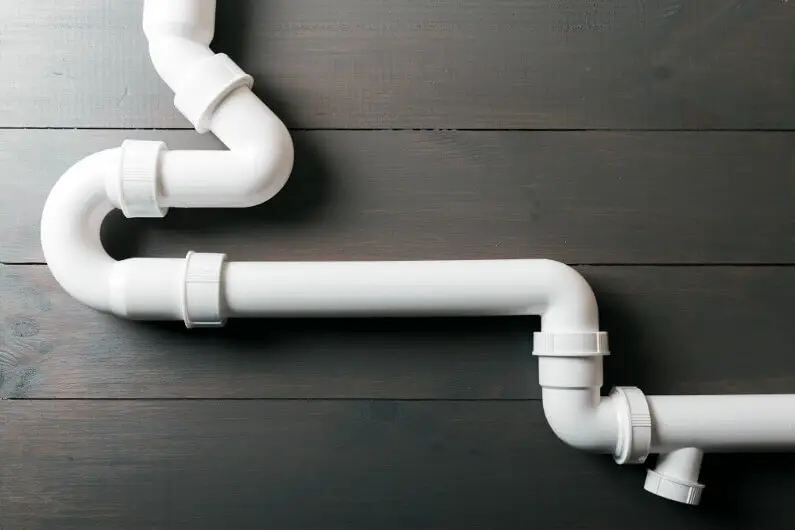Water is an essential resource that we rely on for our daily activities, from drinking and cooking to bathing and washing. However, most of us take the intricate network of underground water lines that deliver water to our homes and businesses for granted. Have you ever wondered how deep these water lines are buried? In this article, we will delve into the depths of this mystery and explore the importance of knowing the depth of water lines.
Understanding the depth at which water lines are buried is crucial for various reasons. Firstly, it ensures the safety and integrity of the water system. By burying the lines at an appropriate depth, the potential damage from external factors such as weather conditions and human activity can be mitigated. Secondly, knowing the depth of water lines allows for effective maintenance and repairs. If a problem arises, knowing the exact location and depth of the line makes it easier to access and fix the issue promptly, minimizing disruptions to the water supply.
Why is it Important to know the Depth of Water Lines?
Knowing the depth at which water lines are buried is vital for several reasons.
Firstly, it helps prevent accidental damage during construction and excavation projects. Whether digging a foundation for a new building or landscaping a backyard, knowing where the water lines are buried can prevent costly and potentially dangerous accidents. By avoiding contact with the lines, we can ensure the continued flow of clean and safe water to our homes and communities.
Secondly, understanding the depth of water lines is crucial for detecting and preventing leaks. Water leaks waste a precious resource and can damage property if left undetected. By knowing the depth of the water lines, professionals can effectively monitor and maintain the system, ensuring that leaks are promptly identified and repaired. This proactive approach helps to conserve water and preserve the infrastructure that delivers it.
Lastly, knowing the depth of water lines is essential for planning and development. Whether constructing new buildings, roads, or utility systems, accurate information about the location and depth of water lines allows for more efficient and cost-effective design and implementation. It helps avoid conflicts and costly rerouting of existing lines, resulting in a smoother and more streamlined development process.
Factors that Determine the Depth of Water Lines
Several factors influence the depth at which water lines are buried. Understanding these factors is crucial to ensure the long-term functionality and reliability of the water system. The primary factors determining the water line depth include soil type, climate, and local regulations.
Soil type plays a significant role in determining the depth at which water lines are buried. Different soil types have varying levels of stability and drainage capabilities. For example, sandy soil drains water quickly, while clay soil retains water. As a result, water lines in sandy soil may need to be buried deeper to prevent exposure and damage, whereas lines in clay soil can be placed at shallower depths.
Climate is another crucial factor to consider. Water lines must be buried below the frost line in regions with freezing temperatures to prevent freezing and subsequent pipe damage. The frost line is the depth at which the ground freezes during the coldest part of the year. Knowing the frost line in a particular area helps determine the minimum burial depth for water lines, ensuring they remain protected from freezing temperatures.
Local regulations and guidelines also play a significant role in determining the depth of water lines. Each municipality may have specific requirements regarding the burial depth of water lines to ensure consistency and safety. These regulations are designed to protect the water system and prevent accidental damage. It is essential to consult local authorities and adhere to these guidelines when installing or repairing water lines.
My Opinion
In conclusion, the depth at which water lines are buried is crucial to maintaining a safe and efficient water system. By knowing the depth, we can prevent accidental damage, detect and prevent leaks, and plan for future development. Factors such as soil type, climate, and local regulations influence the burial depth, and it is essential to adhere to these guidelines to ensure the integrity of the water system.
Whether you are a homeowner, contractor, or municipal official, understanding the depth of water lines is vital for the well-being of your community. We can contribute to a reliable and sustainable water supply for generations by being informed and following the necessary regulations and guidelines. So next time you turn on the faucet, take a moment to appreciate the complex network of water lines buried beneath our feet, delivering this precious resource to our homes and businesses.




